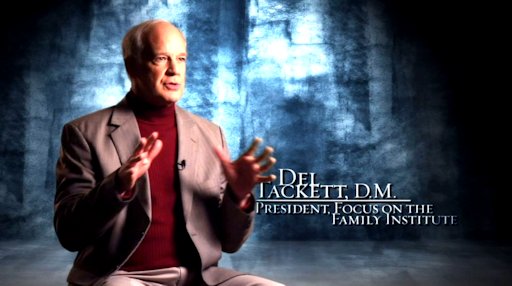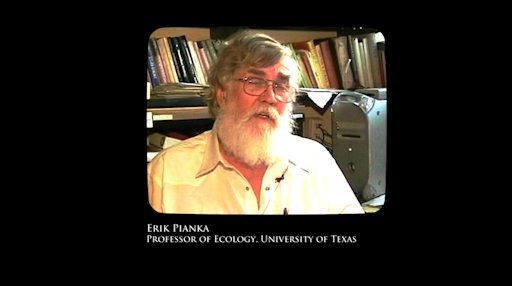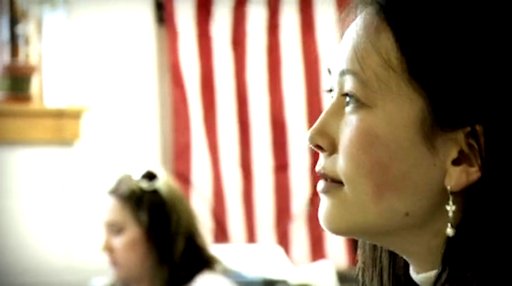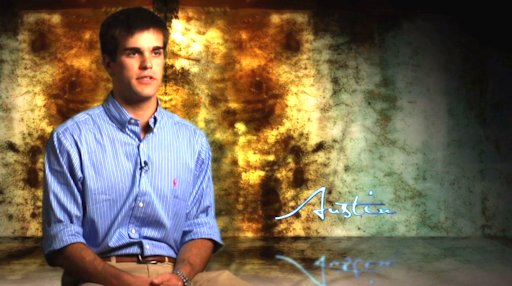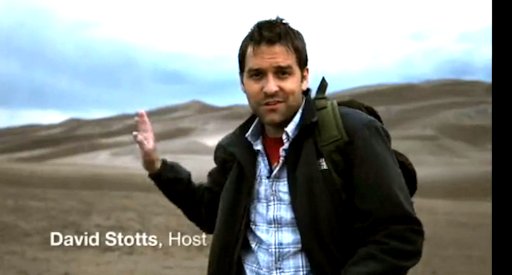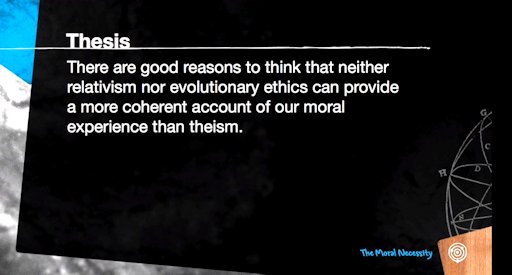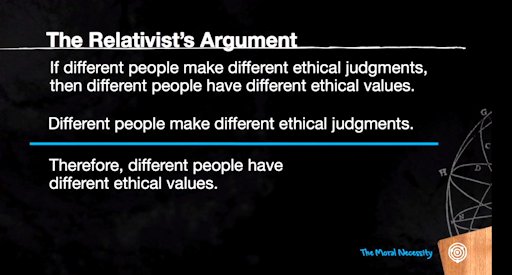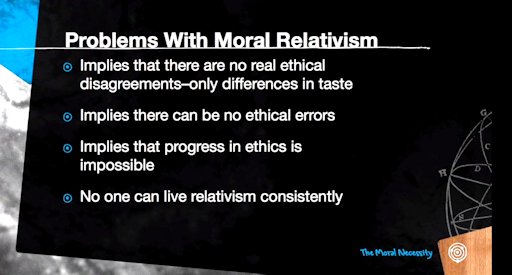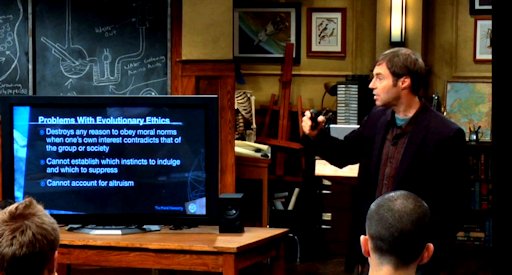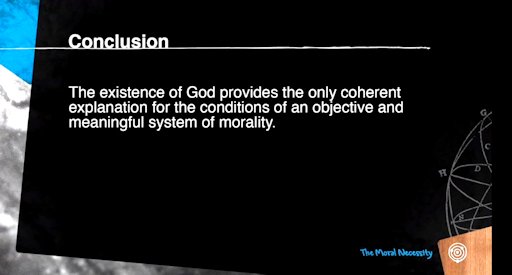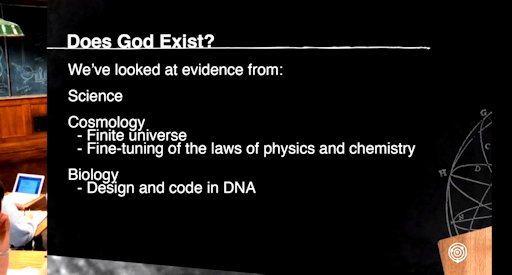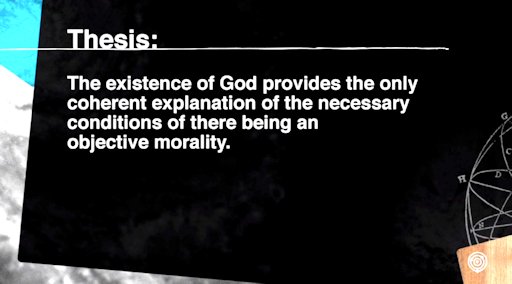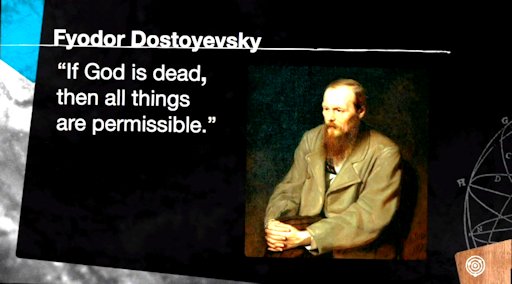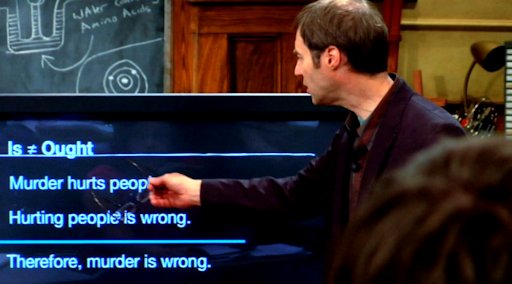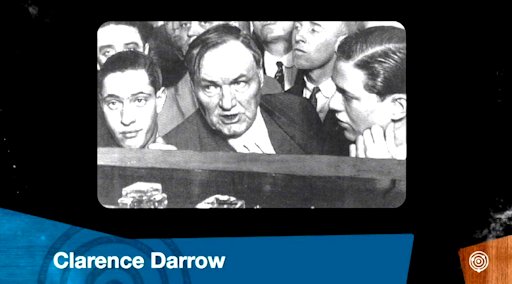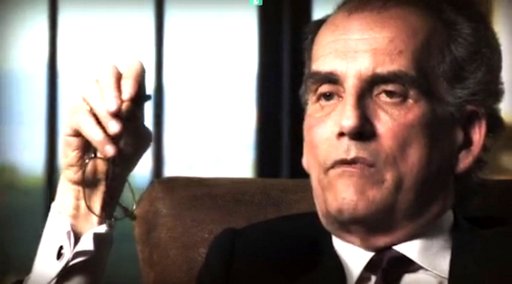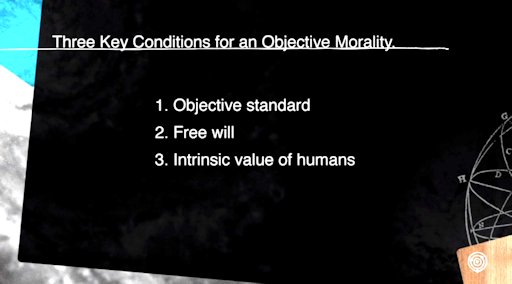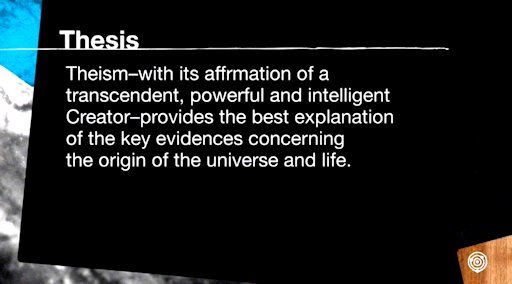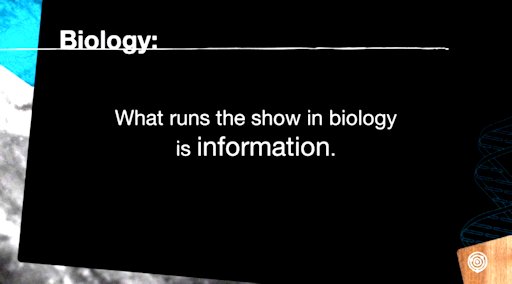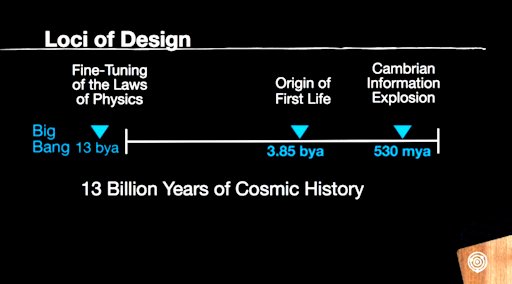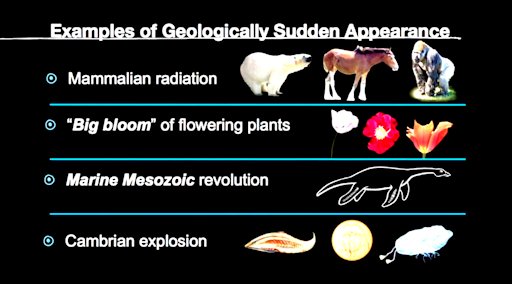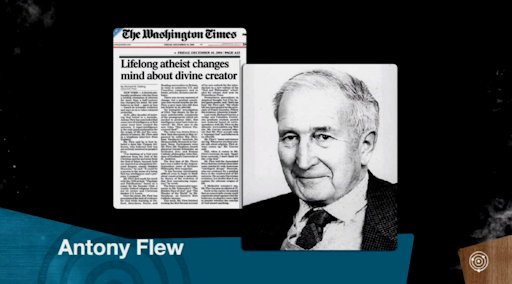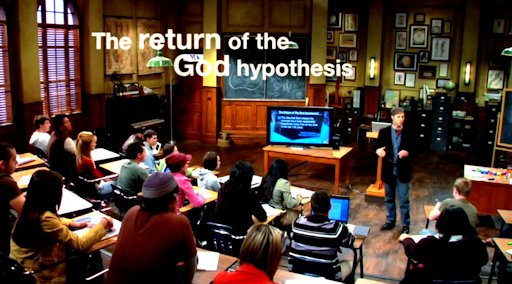Over the past few days I reviewed ten episodes of Does God Exist, a video produced by the fundamentalist Christian organization Focus on the Family. It’s offered as a DVD and is also streaming on Amazon Prime Video. In addition to the ten episodes addressing the question, “does God exist,” there is a bonus segment highlighting the challenges fundamentalist Christians encounter in a less than sectarian world. The operating title is “The Toughest Test In College.” From Amazon:
Preparing for college involves more than just buying new clothes and textbooks. Your toughest test is not going to be on paper; it is a test of your heart and mind. Can you live out your convictions and share your faith with students and professors who might not agree with your Christian worldview?
Here is a brief review. We start with Jay. “He’s on his way to college.”
What Jay and other fundamentalist Christians encountered (according to the video) is the challenge of hostile professors. Across the spectrum, these (supposedly) liberal professors go from questioning students’core beliefs to heaping ridicule on any and all who will not abandon their beliefs. We are informed these hostile professor in the video are actors paid to stand in for real people.
Prominent contenders for Objectionable of the Month include Peter Singer and Ward Churchill. Singer is polarizing for his views on the value of human life. Churchill would be controversial on any campus, but this video singles out his opposition to the Bush administration’s prosecution of the war against Saddam Hussein’s Iraq. Churchill wants administration officials prosecuted for war crimes, a not totally un-Christian position.
Del Tackett, D.M., president (now former president) of Focus on the Family, weighs in and narrates much of the story.
Stephen C. Meyer, the main figure in the video, also appears. Meyer gained fame as an advocate for Intelligent Design as legitimate science. He was prepared to testify (but did not) for that at the Kitzmillertrial. Here all the wraps are off. Meyer is a Christian warrior, fully committed to a campaign to define what is the true faith.
And there is J. Budziszewski, Ph.D., a professor of history and philosophy at the University of Texas at Austin. He argues strongly against “moral relativity.” He compares it to factual relativity. If somebody advises against eating the cafeteria’s tuna salad, citing that it’s making people sick, he portrays the relativist as saying, “That’s your own opinion” (not his exact words).
Eric Pianka, is Professor of Integrative Biology at the University of Texas at Austin. Before I proceed further I need to clear up a minor point. Despite the correct spelling of Pianka’s first name, and despite displaying graphics depicting his complete name, the producers somehow missed the point.
The controversy about Pianka is a speech he made. Wikipedia provides some details:
Pianka’s acceptance speech for the 2006 Distinguished Texas Scientist Award from the Texas Academy of Science resulted in a controversy in the popular press when Forrest Mims, vice-chair of the Academy’s section on environmental science, claimed in the Society for Amateur Scientists e-journal The Citizen Scientist that Pianka had “endorsed the elimination of 95 percent of the human population” through a disease such as an airborne strain of the Ebola virus. Mims claimed that Pianka said the Earth would not survive unless its population was reduced by 95% suggesting that the planet would be “better off” if the human population were reduced and that a mutant strain of Ebola would be the most efficient means. Mims’ affiliate at the Discovery Institute, William Dembski, then informed the Department of Homeland Security that Pianka’s speech may have been intended to foment bioterrorism. This resulted in the Federal Bureau of Investigation interviewing Pianka in Austin.
Pianka has stated that Mims took his statements out of context and that he was simply describing what would happen from biological principles alone if present human population trends continue, and that he was not in any way advocating for it to happen. The Texas Academy, which hosted the speech, released a statement asserting that “Many of Dr. Pianka’s statements have been severely misconstrued and sensationalized.” However, Dr. Kenneth Summy, an Academy member who observed the speech, wrote a letter of support for Mims’ account, saying “Dr. Pianka chose to deliver an inflammatory message in his keynote address, so he should not be surprised to be the recipient of a lot of criticism from TAS membership. Forrest Mims did not misrepresent anything regarding the presentation.”
Some of the same names keep cropping up in the creation-evolution controversy, and one of those is Forrest Mims:
Forrest M. Mims III, who most recently wrote the Amateur Scientist column of last June’s issue of Scientific American, is out since they discovered he is a committed creationist. Mims talked to the Houston Chronicle and to the Wall Street Journal, and that’s when the watermelon hit the fan. The American Association for the Advancement of Science, in a letter to SA, asked them not to use religion as a basis for publication, and the ACLU has taken up his case. That was where the matter stood the last I heard of it.
The Skeptic editor, Keith Blanton, was able to tape record an interview with Mims on the CNN show “Crossfire,” and he has made the tape available to interested viewers. Contact Keith at one of the NTS meetings if you want to borrow the tape. Appearing in the interview with Mims was NCSE Director and CSICOP Fellow, Eugenie C. Scott. The interview was moderated by conservative Cal Thomas (substituting for Pat Buchanan) and by liberal Mike Kinsley (of New Republic).
And here is what is additionally interesting. Both Pianka and Budziszewski are at the University of Texas at Austin, a place where I once obtained a degree. If you casually watch the introductory sketches you might get the idea that students are going to show up at college and run head on into a wall of liberal bias, unlikely, based on personal observation. Creationist Robert Koons is a professor of philosophy at UT Austin, and he is also an advocate of Intelligent Design, being a former fellow of the Discovery Institute. Robert Pennock was a professor of philosophy at UT Austin when he published Tower of Babel: The Evidence against the New Creationism. What needs to be taken away from this discussion is that students leaving home and heading to college are going to run into the real world, and the real world is not the family dinner hour.
Christian students in the video are portrayed as earnest and sincere. You would want your own children to be like these. Except… Except we see students (or stand-ins) reflecting disdain for homosexual lifestyles and even those whose only offense seems to be anti Christian.
The video includes testimonials by a litany of students regarding the disrespect they received at even Christian institutions. They recount observing lewd behavior, sexual promiscuity, and tolerance for un-Christian life styles. Individual students are generally not identified on-camera, but the end credits list names of actual students as well as names of actors who dramatized students in the video.
Students testify. What they found, even at Christian academies, was a more open attitude, one their home life had neither accepted nor recognized. There was more tolerating of sin and also an acceptance of world views that were not biblical. To that, a thinking person would have to respond, “No shit.” People, you can walk a block from your front door, even in Salt Lake City, and find world views that are not biblical.
But this video drills down on college campus life and wants to target not only bad actors, abusive and wrong-headed faculty, but also the openness we should hope to find on campus. I notice some play with the concept of intolerance. There is intolerance toward Christian values, and there is intolerance toward uncommon lifestyles. There seems to be a lot of intolerance going around. See the case of Emily Brooker below.
We also learn we should not put our complete trust in the experts. We are reminded that experts predicted a glowing future for the American economy, just days prior to the greatest collapse in our history.
Also mentioned are predictions by “experts” a few decades back of a threatened global cooling, and also the advice from other “experts” that eugenics, including forced sterilization, was necessary for the purity of the gene pool. Particularly, the case of Carrie Buck is highlighted. She was deemed a danger to the gene pool and forcibly sterilized in what is now acknowledged to be a gross injustice and a violation of all sense of humanity:
Paul A. Lombardo, a Professor of Law at Georgia State University, spent almost 25 years researching the Buck v. Bell case. He dug through case records and the papers of the lawyers involved in the case. Lombardo eventually found Carrie Buck and was able to interview her shortly before her death. Lombardo has alleged that several people had manufactured evidence to make the state’s case against Carrie Buck, and that Buck was actually of normal intelligence. Professor Lombardo was one of the few people who attended Carrie Buck’s funeral.
A historical marker was erected on May 2, 2002, in Charlottesville, Virginia, where Carrie Buck was born. At that time, Virginia Governor Mark R. Warner offered the “Commonwealth’s sincere apology for Virginia’s participation in eugenics.”
Missing from the narrative is what position people of Christian faith took on the matter at the time.
A prominent case featured in the video is that of the student shown below.
While not identified here, her case is a matter of record:
Does a professor have the right to require his students to comply with a certain political or social view in order to pass a course? Can universities demand that students observe policies that conflict with their religious views or restrict their First Amendment rights?
A lawsuit filed by a Missouri college student may soon provide some answers to these questions–with important implications for academia.
The lawsuit, Brooker v. The Governors of Missouri State University (MSU), was filed on Oct. 30 by the Alliance Defend Fund on behalf of Emily Brooker, a student in the university’s school of social work. The ADF, a Christian legal group that advocates religious freedom, accuses tax-funded MSU of retaliating against Brooker because she refused to sign a letter to the Missouri Legislature in support of homosexual adoption as part of a class project.
Gay adoption violates Brooker’s Christian beliefs.
As told in the video, the suit was settled in Brooker’s favor, and the offending faculty largely left their positions. The Alliance Defending Freedom (ADF) is a regular target of mine for their pursuit of frivolous causes:
You get the picture. Congress outlawed such practices in venues covered by US law,which would be public accommodations. In short, places open for business to the public are no longer allowed to embarrass the entire nation through the use of insulting and exclusionary practices.
Beyond that, this is a truly egregious case and one the ACLU would have taken.
It is perhaps inevitable the matter of Guillermo Gonzalez will come up in the context of campus intolerance. He is featured as one of the cases of those expelled for advocating Intelligent Design. Gonzalez was denied tenure at Iowa State University, where he taught. He contested this action, contending he was denied tenure due to his support for Intelligent Design. The faculty board that declined to offer him tenure stated the denial was due to his lack of productivity at the University. Although he showed promise early in his career, at Iowa State his publication record was sparse, and he sponsored no successful Ph.D. candidates. The National Center for Science Education published a critique of the Expelled video and included the Gonzalez case:
Gonzalez’s publication output dropped steadily during his time at ISU. The work he did publish was based on re-evaluations of data he had previously collected or analyses of other people’s data.
An assessment by the Chronicle of Higher Education (subscription required) found that:
…a closer look at Mr. Gonzalez’s case raises some questions about his recent scholarship and whether he has lived up to his early promise. …
Under normal circumstances, Mr. Gonzalez’s publication record would be stellar and would warrant his earning tenure at most universities, according to Mr. Hirsch [a scholar who analyzed the publication record]. But Mr. Gonzalez completed the best scholarship, as judged by his peers, while doing postdoctoral work at the University of Texas at Austin and at the University of Washington, where he received his Ph.D. His record has trailed off since then.
“It looks like it slowed down considerably,” said Mr. Hirsch…. “It’s not clear that he started new things, or anything on his own, in the period he was an assistant professor at Iowa State.”
That pattern may have hurt his case. “Tenure review only deals with his work since he came to Iowa State,” said John McCarroll, a spokesman for the university.
When considering a tenure case, faculty committees try to anticipate what kind of work a professor will accomplish in the future. “The only reason the previous record is relevant is the extent to which it can predict future performance,” said Mr. Hirsch. “Generally, it’s a good indication, but in some cases it’s not.”
David L. Lambert, director of the McDonald Observatory at Texas, supervised Mr. Gonzalez during his postdoctoral fellowship there in the early to mid-1990s. … [H]e is not aware of any important new work by Mr. Gonzalez since he arrived at Iowa State, such as branching off into different directions of research. “I don’t know what else he has done,” Mr. Lambert said. …
Mr. Gonzalez said he does not have any grants through NASA or the National Science Foundation, the two agencies that would normally support his research…. He arrived at Iowa State in 2001, but none of his graduate students there have thus far completed their doctoral work
Provided that his colleagues at Iowa State objected to his views on Intelligent Design, we need to recognize there can be a problem when a fellow scientist is seen buying into wacko science. I have observed previously there only so many times you can show up with your fly unzipped before you are no longer invited to the party.
It is unfortunate that Stephen C. Meyer has allied himself with a bastion of intolerance which Focus on the Family is. Or perhaps it is fortunate for readers. His several books, including Darwin’s Doubt and Signature in the Cell, attempt to make a show of scientific validation. Not so here. Meyer goes full monty in support of religious orthodoxy. Barbara Forrest has written Creationism’s Trojan Horse as a critique of Intelligent Design, and Meyer’s religious intent is hard to hide:
Religious motivation drives all the CRSC leadership.14 Indeed, Stephen C. Meyer, the director of the CRSC, professed his attraction to “the origins debate” precisely because it is theistic: “I remember being especially fascinated with the origins debate at this conference. It impressed me to see that scientists who had always accepted the standard evolutionary story [Meyer says he was one of them] were now defending a theistic belief, not on the basis that it makes them feel good or provides some form of subjective contentment, but because the scientific evidence suggests an activity of mind that is beyond nature. I was really taken with this.”15
Forrest, Barbara. Creationism’s Trojan Horse: The Wedge of Intelligent Design (p. 260). Oxford University Press. Kindle Edition.
Meyer’s pretense at academic rigor and any scientific basis for creationism dissolve completely in the video that follows this one. Also produced by Focus on the Family, its title is “Is the Bible Reliable?” A quick peek reveals that Meyer is hosting this one and is arguing for biblical literalism, or something close to it. A review is coming up next. Keep reading.
And may Jesus have mercy on your soul.



